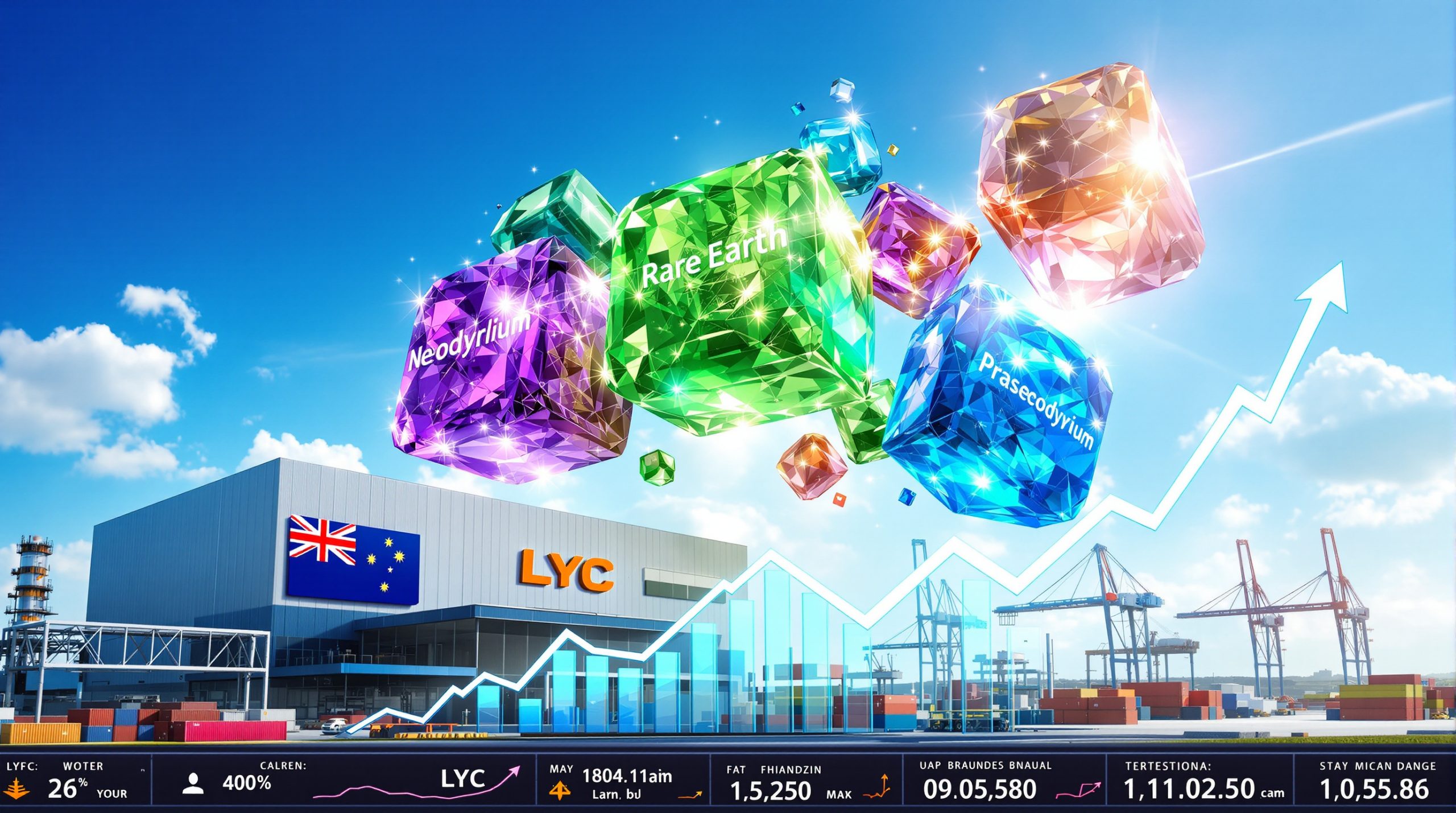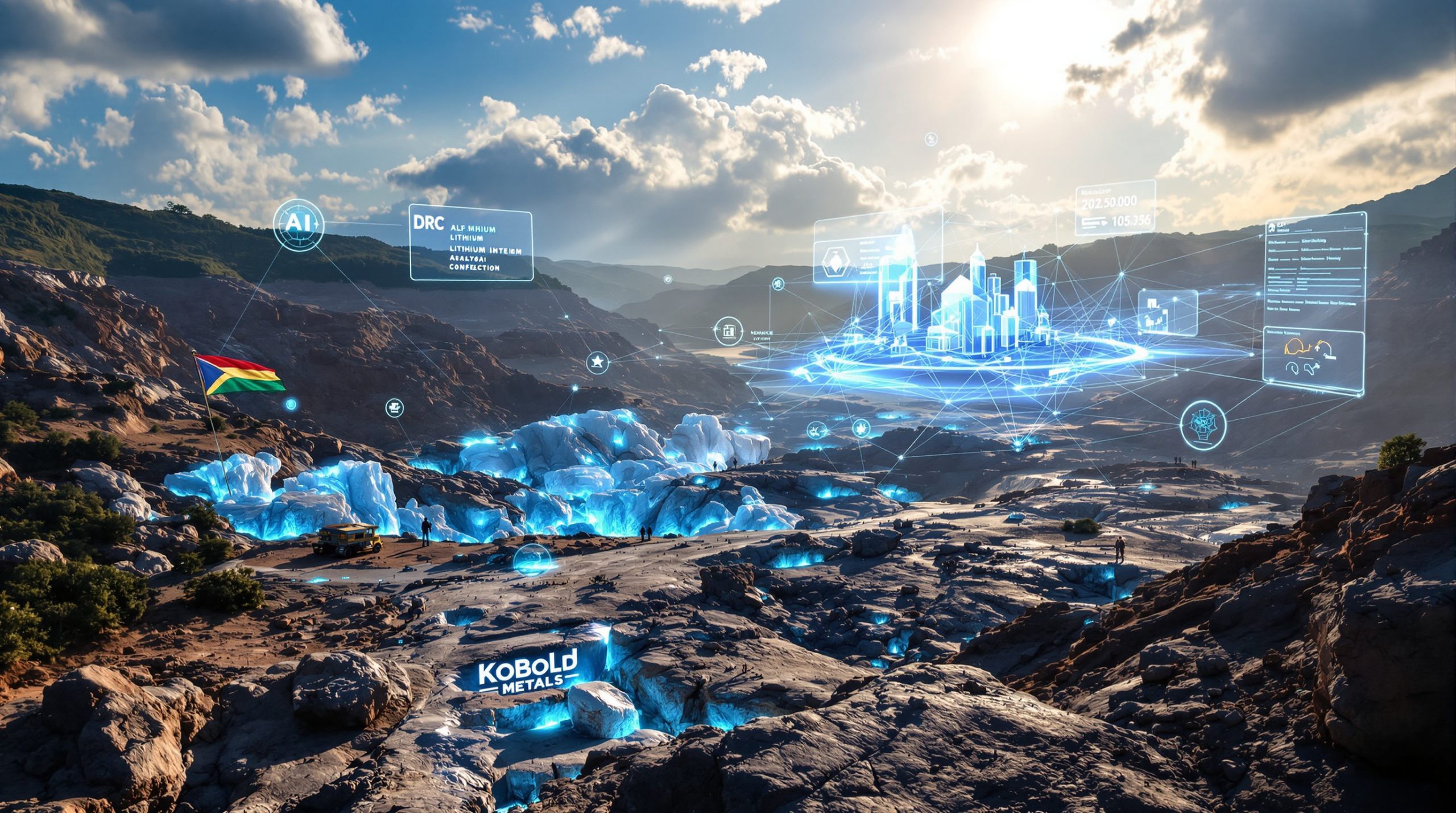What Are the New US Tariffs on Pakistan?
Understanding the Trump Administration's Tariff Structure
The 29% punitive tariff specifically targeting Pakistan forms part of a comprehensive trade policy reset that includes a 10% baseline duty on all US imports. This structure disproportionately impacts developing economies, with Pakistan's textile and agricultural exports facing immediate competitiveness challenges in the US market. The April 2025 announcement triggered a 1.44% decline in silver futures and 1.32% drop in gold prices within hours, reflecting market anxieties about disrupted supply chains.
The tariff structure represents a significant shift in US trade policy, designed to leverage economic pressure while simultaneously creating negotiating space for strategic partnerships. Analysts note that these tariffs are carefully calibrated to exert maximum pressure on key sectors without completely severing trade relationships, particularly with countries possessing valuable natural resources needed for US technological and defense industries.
Economic Impact on Pakistan-US Trade Relations
Secretary of State Marco Rubio and Pakistani Foreign Minister Ishaq Dar emphasized developing a "fair and balanced trade relationship" during their April 7 call, acknowledging the tariff's strain on Pakistan's $6.7 billion annual exports to the US. The 29% rate exceeds the 15-25% tariffs imposed on other Asian nations, potentially eroding Pakistan's 3.4% share in US textile imports. However, the dialogue created procedural space for tariff renegotiation contingent on progress in critical minerals collaboration.
Pakistan's textile industry, which accounts for approximately 60% of its exports to the US, faces particularly severe challenges under the new tariff regime. Industry experts project a potential 23% reduction in market share within the first year unless alternative arrangements are negotiated. Meanwhile, agricultural exports including rice and mangoes could see price increases of up to 18% for American consumers, potentially shifting purchasing patterns toward competitors with lower tariff rates.
How Are Critical Minerals Shaping US-Pakistan Relations?
Strategic Importance of Critical Minerals Cooperation
Rubio's explicit linkage of tariff discussions to "prospects for engagement on critical minerals" signals a calculated pivot toward resource diplomacy. With China controlling 60% of global rare earth production, the US seeks alternative suppliers – Pakistan's Reko Diq copper-gold deposits (holding 5.9 billion tons of ore) and Himalayan lithium reserves present strategic alternatives. The State Department's interest in "expanding commercial opportunities for US companies" aligns with Pakistan's $74 billion mineral resource valuation in Balochistan and Khyber Pakhtunkhwa provinces.
Geologists familiar with Pakistan's mineral potential point to several underexplored regions that contain significant deposits of antimony, barite, and rare earth elements crucial for advanced technology manufacturing. These resources have remained largely untapped due to infrastructure limitations, security concerns, and insufficient investment in geological surveys. The current diplomatic initiative could unlock access to these resources through technical assistance and capital investment.
Pakistan's Critical Mineral Resources and Potential
Geological surveys indicate Pakistan possesses 50 identified critical minerals, including antimony (used in flame retardants) and barite (essential for oil drilling), with estimated reserves exceeding 3.2 million metric tons. The Sino-Pak Economic Corridor's infrastructure investments have increased mineral sector accessibility, though US firms currently account for less than 12% of foreign mining investments. Comparative analysis shows Pakistan's lithium grades (1.5-2.0% Li₂O) rival Chile's Atacama deposits, yet extraction rates remain 73% lower due to technological gaps.
The Hindu Kush and Karakoram mountain ranges, extending through northern Pakistan, contain particularly promising deposits that remain underdeveloped. Mineral exploration specialists have identified high-grade graphite deposits essential for battery production, with carbon content exceeding 90% in some samples – comparable to the highest-quality commercial deposits globally. Additionally, recent surveys have revealed substantial niobium concentrations, a metal critical for superconducting magnets and aerospace applications that currently faces critical mineral shortages globally.
What Is the US Global Strategy for Critical Minerals?
Pattern of Critical Minerals Diplomacy
The Trump administration's simultaneous negotiations with Ukraine (offering mineral partnerships in exchange for conflict concessions) and Congo (tying resource deals to peace processes) reveal a coherent strategy. This aligns with the 2025 National Defense Authorization Act's mandate to reduce Chinese mineral imports by 40% before 2030. Pakistan's inclusion in this matrix follows the February 2025 US-Greenland rare earth agreement, completing an Indo-Pacific mineral security arc.
This strategic approach represents a significant evolution in US foreign policy, integrating resource security with broader diplomatic and security objectives. The Pakistani case is particularly noteworthy as it represents one of the few instances where tariff policy is explicitly linked to critical mineral access, creating a direct economic incentive structure for cooperation in strategically sensitive resource sectors.
Geopolitical Context of Mineral Security
China's critical export controls of rare earth exports – including a 50% reduction in neodymium shipments – intensified the scramble for alternatives. The Pentagon's 2024 report identified 17 minerals critical to weapons systems, 14 of which exist in Pakistan's Hindu Kush formations. By securing Pakistani mineral streams, the US aims to mitigate vulnerabilities in F-35 fighter production (requiring 417kg of rare earths per unit) and renewable energy infrastructure.
Defense analysts note that Pakistan's mineral deposits could potentially meet approximately 22% of US military requirements for strategic materials, making the relationship particularly valuable for national security purposes. Moreover, the geographical distribution of these resources – located primarily in regions distant from Chinese influence – creates additional strategic value by diversifying supply chains away from potential adversaries.
What Other Issues Affect US-Pakistan Relations?
Security and Immigration Cooperation
The April 2025 arrest of Mohammad Sharifullah – linked to the 2021 Kabul airport attack – exemplifies ongoing counterterrorism collaboration. Pakistan's deployment of 12,000 troops along the Durand Line since 2023 has reduced cross-border incursions by 37%, a key factor in maintaining US security aid flows. Rubio's emphasis on immigration cooperation targets the 8,400 Pakistani nationals facing US deportation orders, with Islamabad agreeing to accelerated repatriation protocols.
Counterterrorism experts highlight that Pakistan's security cooperation provides crucial intelligence on militant networks operating in the Afghanistan-Pakistan border region. This information sharing has directly contributed to disrupting at least three major attack plots targeting Western interests in the past year alone. The continuation of this security partnership remains a top priority for both nations regardless of trade tensions.
Regional Stability Considerations
Discussions on Afghanistan focused on containing ISIS-Khorasan's expanding operations, which increased 22% in 2024. Pakistan's role as logistical hub for 43% of NATO supplies to Central Asia ensures continued US engagement despite tariff tensions. The mineral diplomacy's secondary aim involves countering Chinese influence in Gwadar Port, where Beijing controls 85% of operations.
Regional security specialists note that Pakistan's strategic location makes it indispensable for maintaining stability across South and Central Asia. The country's mediation efforts between Taliban-controlled Afghanistan and international stakeholders have prevented complete diplomatic isolation of Kabul, while simultaneously working to moderate extremist influences within the Taliban governance structure. This delicate balancing act serves US strategic interests by preventing power vacuums that could be exploited by terrorist organizations.
FAQ: US Tariffs and Critical Minerals Cooperation
What are critical minerals and why are they important?
Critical minerals – defined by the US Geological Survey as non-fuel resources essential to economic/national security – include lithium (batteries), cobalt (aerospace alloys), and rare earth elements (guided missiles). Pakistan's potential in these sectors could address 14 of the 35 minerals on the US Critical Minerals List.
Technological applications for these minerals extend far beyond consumer electronics. For instance, gallium nitride (found in Pakistan's northern regions) is essential for next-generation radar systems and 5G telecommunications infrastructure. Similarly, tellurium deposits support advanced solar panel production, with efficiency rates up to 22.1% compared to conventional silicon-based panels at 15-17%. The concentration of these resources in Pakistan's politically stable regions provides advantages over alternative sources in conflict-prone areas.
How might Pakistan benefit from critical minerals cooperation with the US?
Technology transfers in blockchain mineral tracing and AI-powered exploration could boost Pakistan's extraction efficiency by 60%. The US International Development Finance Corporation's $2.5 billion global mining fund offers financing avenues for projects like the Thar coalfield rare earth byproduct recovery initiative.
Beyond direct export revenues, the development of downstream processing capabilities could transform Pakistan's industrial sector. Modern refining operations for rare earth elements could create an estimated 7,500 high-skilled jobs and establish technical expertise currently lacking in the region. Additionally, sustainable mining practices introduced through US partnerships could reduce environmental impacts by up to 45% compared to conventional extraction methods, addressing concerns about resource development in ecologically sensitive areas.
What precedents exist for US-Pakistan mineral cooperation?
The 2009 US-Pakistan Technology Cooperation Agreement's mineral mapping component increased identified deposits by 29%. Recent benchmarks include Australia's Critical Minerals Facilitation Office model, which boosted foreign mining investments by $7.4 billion since 2022.
Industry experts point to the successful joint venture at the Saindak copper-gold project as a template for future cooperation. This operation demonstrated that effective governance structures and profit-sharing arrangements can overcome historical obstacles to foreign investment in Pakistan's mineral sector. Current regulatory reforms, including streamlined licensing procedures and enhanced environmental protection standards, create favorable conditions for expanding these precedents into large-scale strategic partnerships.
Conclusion: Balancing Tariffs and Strategic Cooperation
The tariff-minerals linkage creates paradoxical interdependencies – while the 29% duty pressures Pakistan's traditional exports, mineral collaboration offers $12-18 billion in untapped sector potential. Success hinges on resolving regulatory ambiguities in Pakistan's 2023 Mineral Policy and securing US Export-Import Bank guarantees for mining infrastructure. As global critical mineral demand projects to grow 500% by 2040, this strategic recalibration could redefine South Asia's economic geography.
Financial analysts predict that successful implementation of joint critical minerals projects could potentially offset up to 38% of tariff-related losses in traditional export sectors. Moreover, infrastructure developments supporting mineral extraction would deliver collateral benefits to Pakistan's broader economy, including improved transportation networks and enhanced power generation capacity. The emerging model of resource-for-tariff negotiations represents an innovative approach to economic diplomacy that may be replicated in other bilateral relationships where Trump's trade policies seek to balance trade policy with strategic resource access.
According to recent US-Pakistan discussions, both nations have identified several pathways for collaboration that could fundamentally alter their economic relationship. For investors interested in capitalizing on these developments, a comprehensive mining investment guide can provide valuable insights into potential opportunities emerging from this diplomatic reset. Furthermore, the gold market analysis shows these developments could significantly impact precious metals prices as new supply chains emerge in South Asia.
Are You Looking for Early Alerts on Significant ASX Resource Discoveries?
Stay ahead of the market by receiving instant notifications when major mineral discoveries are announced on the ASX. Discovery Alert's proprietary Discovery IQ model transforms complex geological data into actionable investment insights, helping you capitalise on opportunities before they become mainstream news—explore how historic discoveries have generated substantial returns by visiting the dedicated discoveries page.




